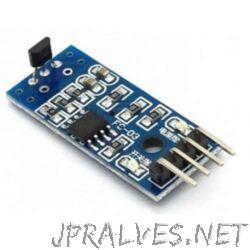Other
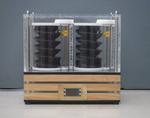
“This is another one of my clock projects this time inspired by marble clocks. However, not wanting to replicate an existing design I created my own. Where most marble clocks contain a large number of marbles, this design is minimalist …
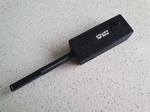
“A small portable EMF meter to detect and measure magnetic fields This portable Electromagnetic Field Meter (EMF meter) is a rebuild of Marco Zonca’s Magnetic Field Meter range +- 200mT (milliTesla). The hardware has been redesigned to run from a …
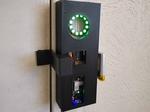
“In a world where anything can take place, Now you can safeguard any part of your home and be notified by text or email. This is a basic way to provide a sense of security to your mind. If you …
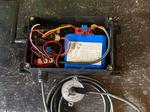
“Wanted to monitor my liquid propane tank level and add it to my dashboard for monitoring. Wanted to monitor my propane tank levels and add it to my existing Grafana dashboard to monitor the level. The Dials on the propane …
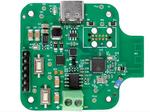
“Spark Analyzer is a compact, sleek, IoT-enabled USB-C Power Delivery device with built-in power analyzer capabilities. Story Introducing Spark Analyzer, an innovative ESP32-powered USB-C Power Delivery (UCPD) compatible device designed to streamline the development and debugging process …
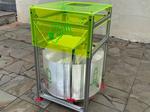
“Recycle Bin that sorts rubbish based on the sound of collision using Edge AI audio classification. According to the Commonwealth Scientific and Industrial Research Organisation (CSIRO) in NSW, it is predicted that about 50% of all waste could be recycled …
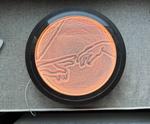
“In 2020, back when I had just started my sophomore year of high school, I built a very basic sand plotter robot that drew patterns in sand. Three years later, I wanted to use the skills that I have taught …
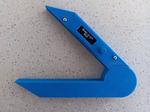
“10 Magnets and 2 Hall effect sensors form a angle encoder which is used to measure angles that are displayed on a OLED screen. Story Recently on Instructables, lingib demonstrated a angle encoder using 10 magnets and 2 hall effect …
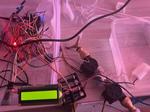
“An Automated Irrigation system that monitors moisture, water flow and water level. The Arduino platform is an open-source tool that is employed for the construction of diverse electronic projects. The Arduino platform comprises a microcontroller, a circuit board that can …
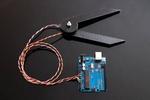
“Neodymium button magnets are extremely cheap. This instructable explains how to make an angle encoder using 10 neodymium magnets and two hall effect transistors. The encoder accuracy is within 1 degree. The design is such that the components can be …

